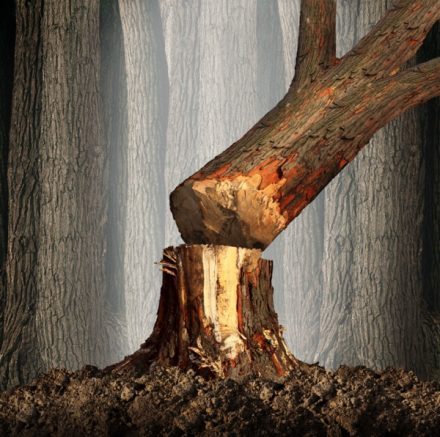Today’s eco-question: How to ensure viscose doesn’t contribute to deforestation? The - Première Vision Paris - Denim Première Vision - Première Vision New York
Over the past 30 years, the production volume of cellulosic fibres and textiles has tripled, leading to the destruction of old-growth forests along with a loss of biodiversity and native habitats. According to the non-profit Canopy, half of all man-made materials continue to be made from cellulose, despite significant advances. So how can we mitigate and avoid this damage?

Auditing and certification
Canopy works with producers to implement sustainable management practices.
Their Hot Button Ranking and Report provides annual information about suppliers who have been audited and are actively committed to sustainable sourcing.
FSC is a certification established in 1993 to preserve old-growth forests. It ensures the conservation, restoration and continuous improvement of forests using global requirements. This certification can indicate the virgin or recycled nature of a resource.
PEFC certifies mainly European and South American wood, with country-specific requirements. The traceability system assesses operations on the wood plots and during the processing of the wood.
Read also: Today’s eco-question: can all materials be recycled?
Turning to alternative or recycled resources
Innovative solutions are arriving on the market, adding value to existing materials, such as textile waste or agricultural residues, to diversify resources.
The use of cotton waste is even more efficient than wood, given the purity of its cellulose. The chemical recycling process used produces fibres of the same quality as virgin fibres.
Refibra® from Lenzing, Bemberg™ from Asahi Kasei, Circulose® from Re:newcell, Infinna™ from Infinited Fibers, NuCyc™ from Evernu, Worn Again Technologies and OnceMore® from Södra are the main drivers of change in this field. With its many advantages, this new generation of cellulosics may represent 50% of the supply by 2030.
Read also: Smart Key: What’s behind the seeming “naturalness” of cellulosic materials?
Legislating to fight it
The first global law against imported deforestation has been under consideration by the European Commission since January 2022. Its goal is to improve traceability and strengthen evaluation tools to safeguard the supply of six raw materials, including wood and wood by-products, in order to prevent deforestation.
So, no deforestation?
Wood is indeed a renewable resource, but not in any miraculous or immediate way! To avoid having to repair damaged ecosystems, make sure you select materials of certified traceability or recycled origin, until supplies are regulated!
